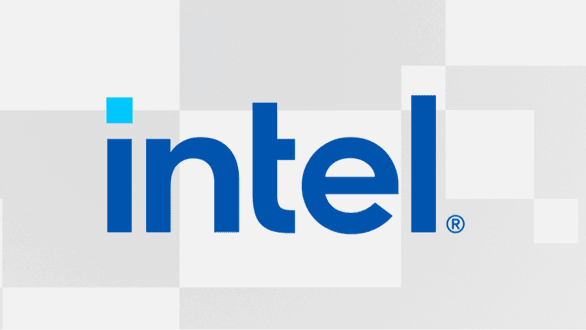It's one of those odd areas I find about the pc hardware review space. I find they slip outside of professionalism. A lot of these people started without formal training, and kind of grew into having standards and practices. One basic thing, with any company, is if you ask for support they'll check to make sure you're operating a supported configuration. If they say it requires a gen 10 intel cpu, and you try to use a gen 9, then you're outside of support. It may seem stupid, but the recommendations are explicit for a reason. It's just the case that they need to bound the parameters to properly test. They can't test everything.
System requirements for Intel® Arc™ Graphics for desktop.

www.intel.com
The requirements are explicit. So it just made a lot more sense to start with intel 10th gen and Ryzen 3000, because they are supported configurations. They show the problem. Should have been the first video, and honestly all of the review sites kind of missed the mark because none of them caught this in their initial reviews where they ended up praising the product. It's kind of egg on their face as well, whether it's HUB or GN or hardware canucks. I get the methodology of testing every gpu with the top end cpu to ensure you're not cpu limited, but then you can miss some scaling problems like this. They even kind of went through this when there was the Nvidia driver overhead stuff that suggested AMD drivers worked better on lower end cpus. So it's not like it's something they haven't seen before.


